Frequency range and course
The measured frequency curve is good and not even a bathtub when you leave the boxes neutral. From the factory, however, a decent height and bass increase is possible, especially with activated loudness function. But since everyone should adapt to this individually, I don't measure that, but what you get as a neutral attitude. And that looks really good for this price situation! More bass always goes, of course, but then contouring and crispness subside.
Cumulative Spectra (CSD, SFT and Burst Decay)
The cumulative spectrum denotes different types of diagrams that show time-frequency properties of the signal. They are generated by successive application of the Fourier transformation and suitable windows to overlapping signal blocks. These analyses are based on the frequency response diagram already shown above, but also contain the element time and now show as a 3D graphic ("waterfall") very clearly how the frequency response develops over time after the input signal stopped. In colloquial terms, such a thing is also called "end" or "swingout".
Normally, the driver should also stop as fast as possible after the input signal has been dropped. However, some frequencies (or even entire frequency ranges) will always subside slowly and then continue to appear in this chart as longer-lasting frequencies on the timeline. This is a good way to see where the driver has glaring weaknesses, perhaps even "squealing" or where, in the worst case, resonances may occur and disturb the overall picture.
Cumulative Spectral Decay (CSD) vs. Burst Decay
Cumulative spectral decay (CSD) uses the FFT and a modified rectangular window to analyze the spectral drop of the pulse response. It is mainly used to analyze the speaker response. The CSD typically uses only a small FFT block shift (2-10 samples) to make resonances more visible throughout the frequency range, making it a useful tool for detecting the resonant of the converter.
The picture shows very nicely the exemplary settling behavior and the hardly present bass resonances. However, the membrane swings somewhat at some frequencies in the midrange range and also the calotte also indicates this behavior, which I do not find disturbing. However, the whole high-pitched range seems very present in the sum. This "pulling" at some frequencies (2.7 KHz, 8.4 KHz) is on the one hand certainly at the turnout and in the super high tone then probably at the calotte itself.
With the CSD above, the plot is generated in the time range (ms), while the burst decay plot is now displayed in cycles. And while both methods have their advantages and disadvantages (or limitations), it can be said that the display in periods may be more useful to determine the decay of a loudspeaker with a wide bandwidth.
Short-time Fourier Transform (STF)
The Short-Time Fourier Transformation (STF) uses the FFT and Hanning windows to analyze the time-varying spectrum of recorded signals. In general, a larger block shift (1/4 to 1/2 of the FFT length) is used to analyze a larger part of the time-variable signal spectrum, whereby one gets closer to the fields of application such as language and music. In the STF spectrum, we now also see the work of the two chassis, which in most frequency ranges can afford only very small weaknesses. Here too, however, the calotte shows certain weaknesses
Let us now come to the subjective assessment of things and simply leave the measurement curves to the left. The assessment is based on the middle position of the controllers (default).
Bass
Test the lowest bass in the subcontraoctave (16.4 Hz to 32.7 Hz) with a recording of Bach's Toccata and Fugue in D minor (19 and 25 Hz) and the Festival Overture 1812 by Tchaikovsky (10 Hz and 12.5 Hz). The same applies to the lower ranges of the contraoctothe (32.7 to 65.4 Hz). The big bass drum (kick drum), which in the U-music is a welcome companion and usually on approx. 55 to 60 Hz, this assessment will then be rounded off.
The bass is a little more restrained from about 75 Hz downwards, but still has enough richness and clarity. From approx. 55 Hz it gets a little thinner down, and the subcontraoctave becomes a little faint to completely hidden. So you would have to help with a subwoofer if you have to go down to the basement. For the large bass drum of conventional U-music, however, it is easy enough, although not very soft and blubberig. But seriously: Almost none of the "normal" U-music pieces has such deep passages, only classical music can often do more than one usually thinks.
The upper bass up to 150 Hz, in which also the Great Octave (65.4 to 130.8 Hz) is located, houses the basic language frequency of the male voice and decides very strongly on the true-to-life reproduction of male vocals.
This area sounds nicely balanced and natural. The male vocals are played very full, but not too warmly, the instruments are hardly distorted. Overall, the resolution is astonishingly high and allows orchestral pieces, rock, pop and jazz of all stripes to perform well. However, the installation location should be chosen carefully if you want to bypass annoying fashions, because the resonance frequency of the rather small box is quite high.
Frequency range
The lower middles (also basic tone range) are approx. 150 to 400 Hz. Together with the already mentioned upper bass, this area plays a very important role for the subjectively perceived heat or bass. Fullness of the sound. The basic language frequency of female voices can be found in this area.
Here, too, there is no reason to criticise, nothing is shaking or sticking, on the contrary, everything remains dust-dry. Female vocals come to the point. The timbre of the vocals and recorded instruments is rather neutral, but never cold and analytical. The further upward trend is also free of criticism. The precision is average and makes the system a good all-rounder in all musical situations.
The upper mids between 400 Hz and about two KHz contain a mark at a KHz, which is still considered a reference for many measurements. Unfortunately, this is often noticeable with cheaper devices, as manufacturers often try to overemphasize this frequency. This area does not play an insignificant role in gaming either, and balanced playback contributes significantly to good spatial resolution.
The stage and the subjectively perceived quality of the spatial resolution is at an astonishingly high, if not the highest level, which is certainly due to the price. An orchestra still seems (purely subjectively) still positioned far enough and it is possible to locate individual instruments quite clearly and unambiguously at different overall levels. Speech playback is also not lost in this area, no matter how many sources are mixed. The suitability on the desktop is underlined by the very good spatial image in games with excellent audio material.
High-pitched range
Between two and about 3.5 KHz, human hearing is most sensitive, especially since this area of the lower heights is responsible for the good overtone reproduction of the human voice. This frequency range is crucial for the recognition of a voice or instrument; in this context, one also speaks of the respective timbre.
The playback is free of criticism and the speech intelligibility as well as the quality of the vocals can definitely convince. It is also good that the passive crossover has been tuned in such a way that there are no audible deletions or partial over-emphasis. The transition between the two chassis is pleasantly flowing and, above all, one thing above all: almost imperceptible. But you will have to look for the ideal location, because the little calottes without waveguide are very direction-dependent! If you put the boxes far apart, you should turn them a bit in the direction of the listening position, it is worth it.
The middle heights (3.5 to six KHz) decide on the sound or failure of the speech reproduction as a whole, because the S- and hissing (Sibilants) fall into this range. The upper heights then reach up to approx. ten KHz to move into the super high tone.
High and super high tone are good, even if the boxes act rather restrained the higher it goes. Sibilants and breathing sounds are accurately depicted, but not overemphasized or swallowed. It also never sounds pointed or metallic, but very natural. String edits are also not audibly falsified and rather filigree strings are not degraded to recorders. Even a drum remains one, right down to the softly painted jazz brooms, which can really go under the skin. So you can leave
Summary and conclusion
It's not a high-end and it can't be for the current price. But by contemplating the essentials and omitting costly frills, the acoustic diet is fundamentally solid. They are not room-filling howler boxes, but for rooms up to approx. 20 m2 are quite sufficient. On the PC, the bidding is also enough, but here you really have to make sure to decouple the boxes completely with rubber buffers from the underlay. This is very much in the way of the bass, which then steps a little backwards, but gains in contour and clarity.
For such a small plant you can even distribute a buy tip in good conscience, because there is nothing to worry about and the quality is right. For this price you first have to find an equivalent that can be used so universally and also does the job so well and unobtrusively. But there is a thumbs up from me, because you don't always have to have the biggest ones to relax at the end of the day with pleasant sound.
Wavemaster Cube Neo Mini bambus, Paar (66377)
 | sofort lieferbar | 146,00 €*Stand: 04.05.24 15:03 |
 | lagernd, 1-3 Werktage | 149,87 €*Stand: 04.05.24 15:31 |
 | Lager Lieferant: Sofort lieferbar, 1-3 Werktage | 149,99 €*Stand: 04.05.24 15:31 |
Wavemaster Cube Neo Mini schwarz, Paar (66375)
 | lagernd | 99,99 €*Stand: 04.05.24 15:50 |
 | Ware lagernd - versandfertig - Lieferzeit 1-3 Werktage | 127,89 €*Stand: 04.05.24 16:00 |
 | Lager Lieferant: Sofort lieferbar, 1-3 Werktage | 127,91 €*Stand: 04.05.24 15:31 |
Wavemaster Fusion grau
 | ab Lager | 279,00 €*Stand: 04.05.24 16:01 |














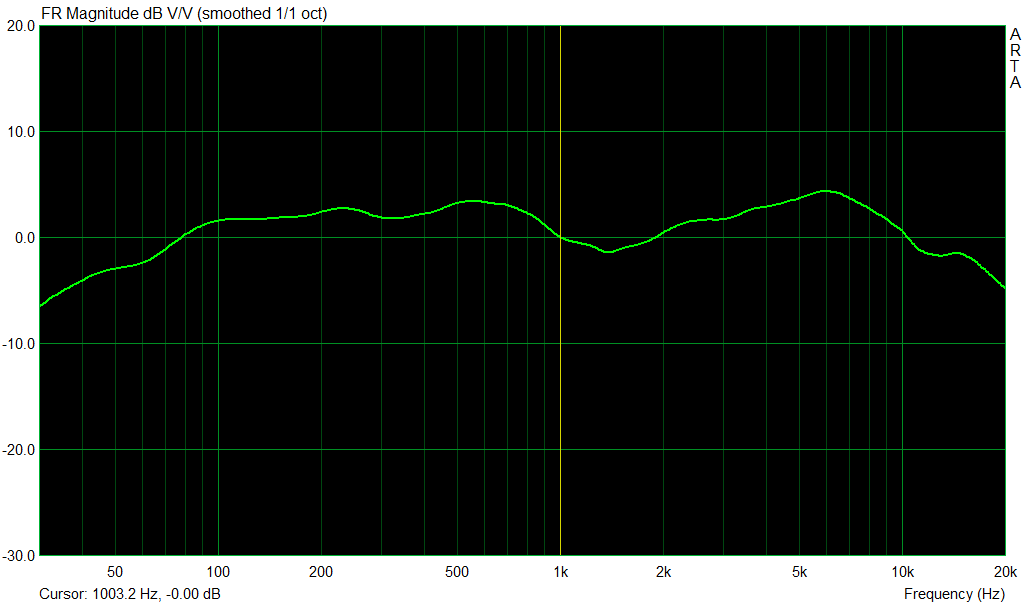
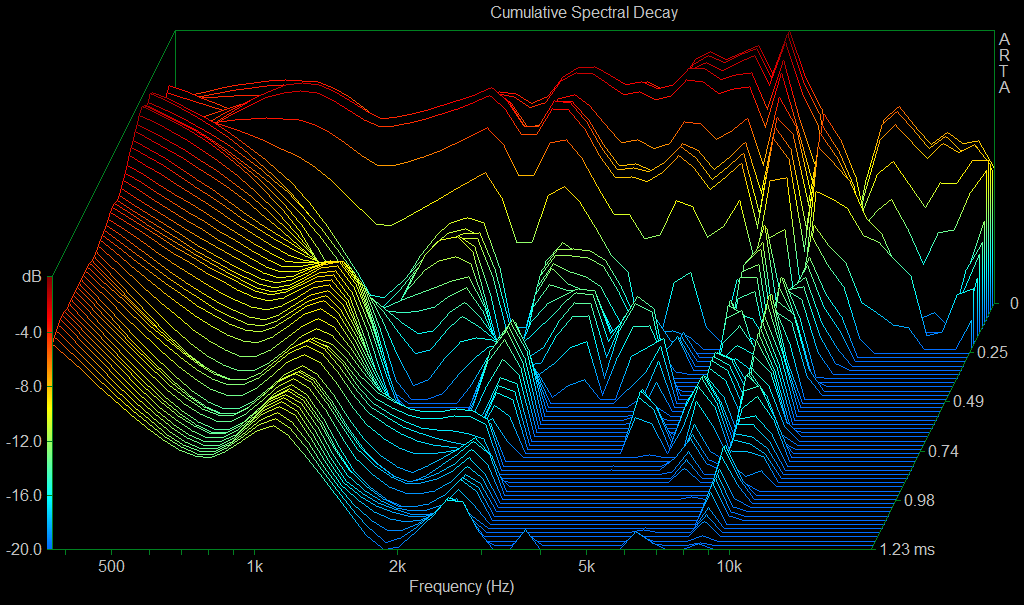
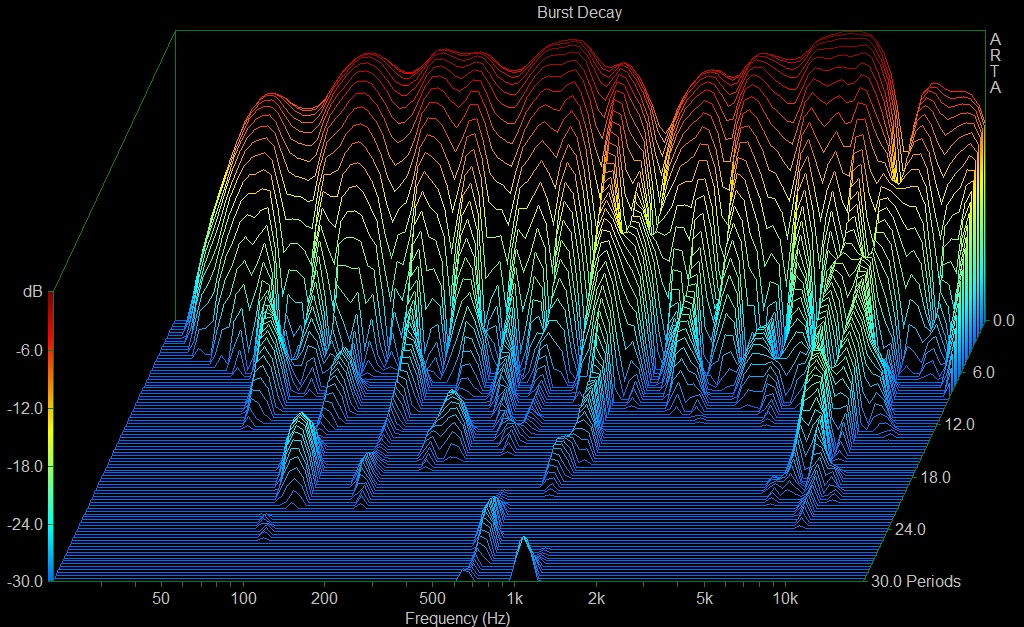
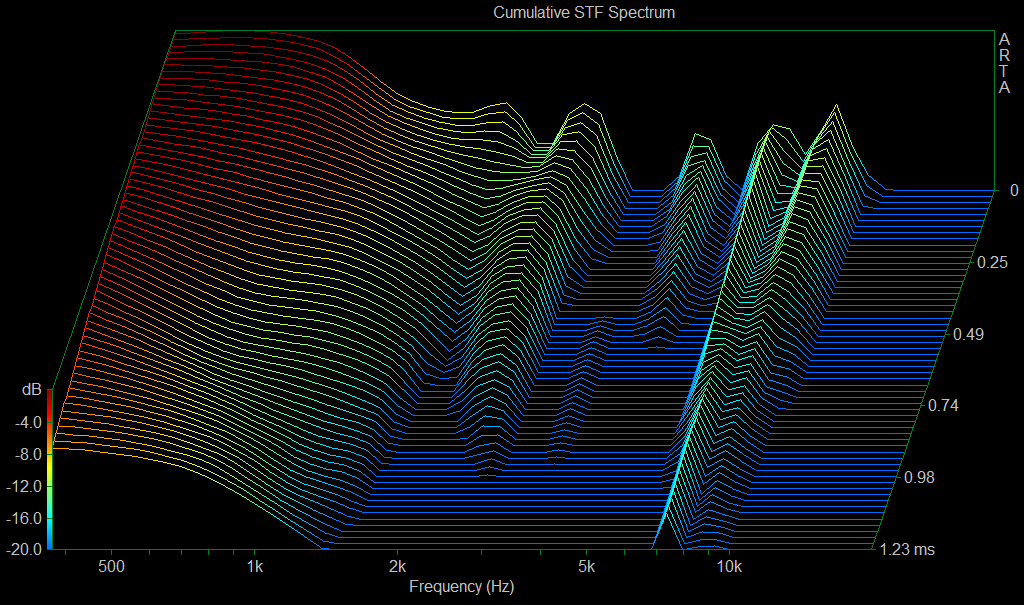
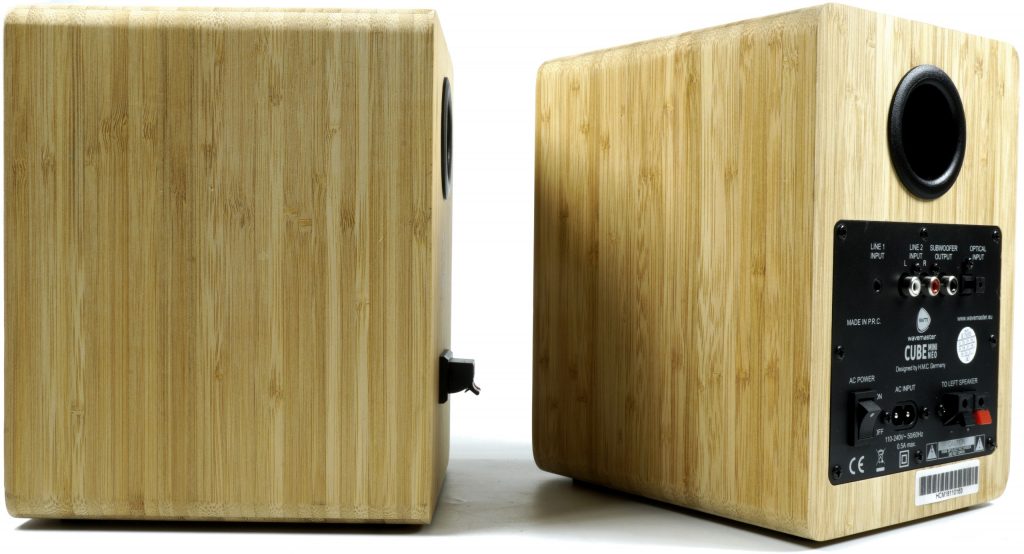
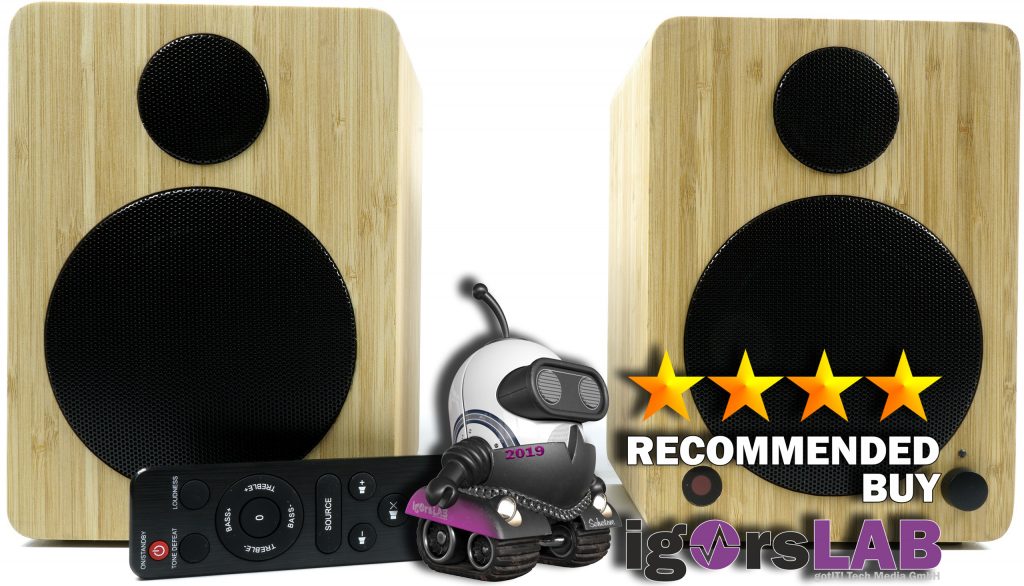

















Kommentieren